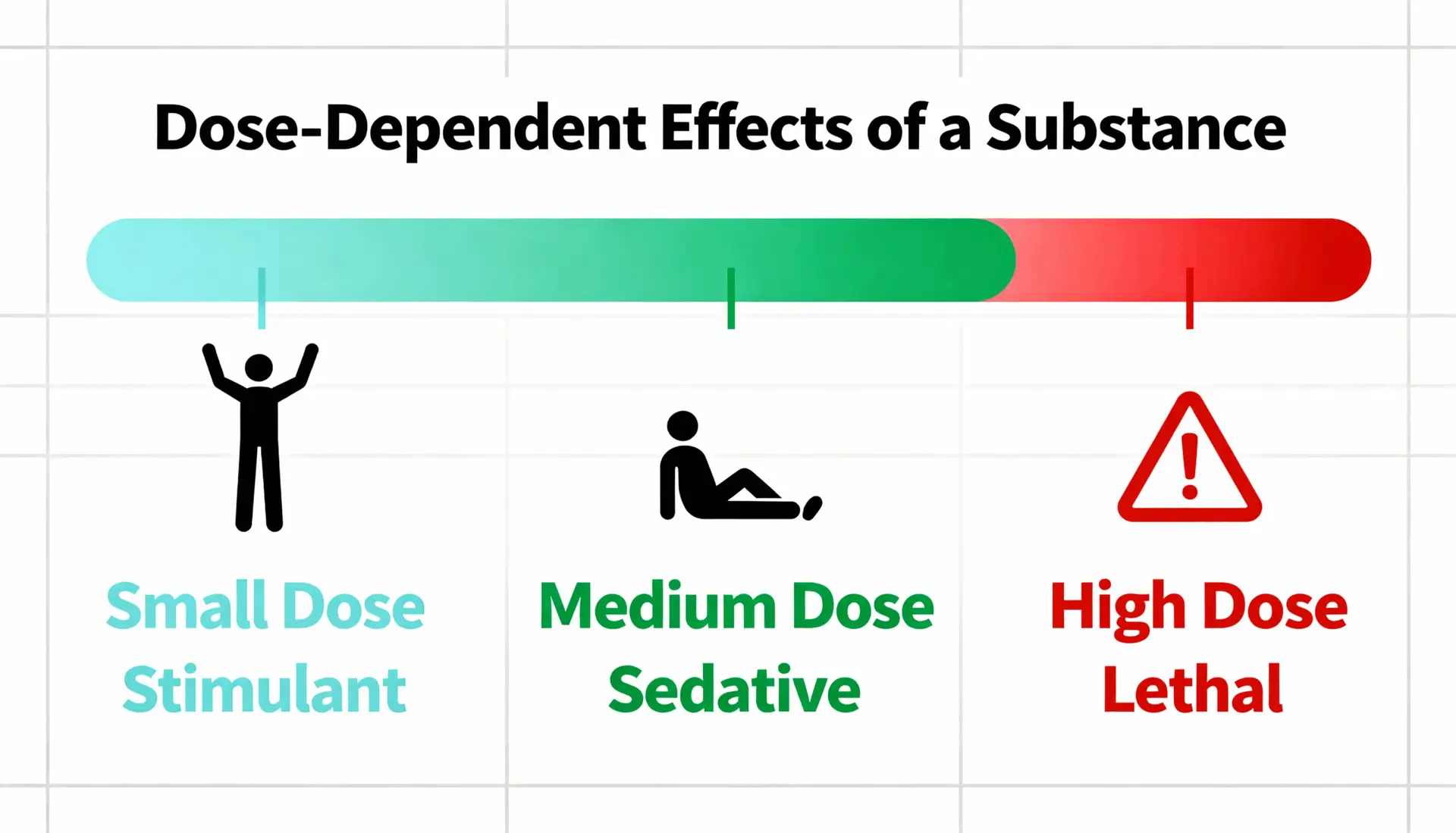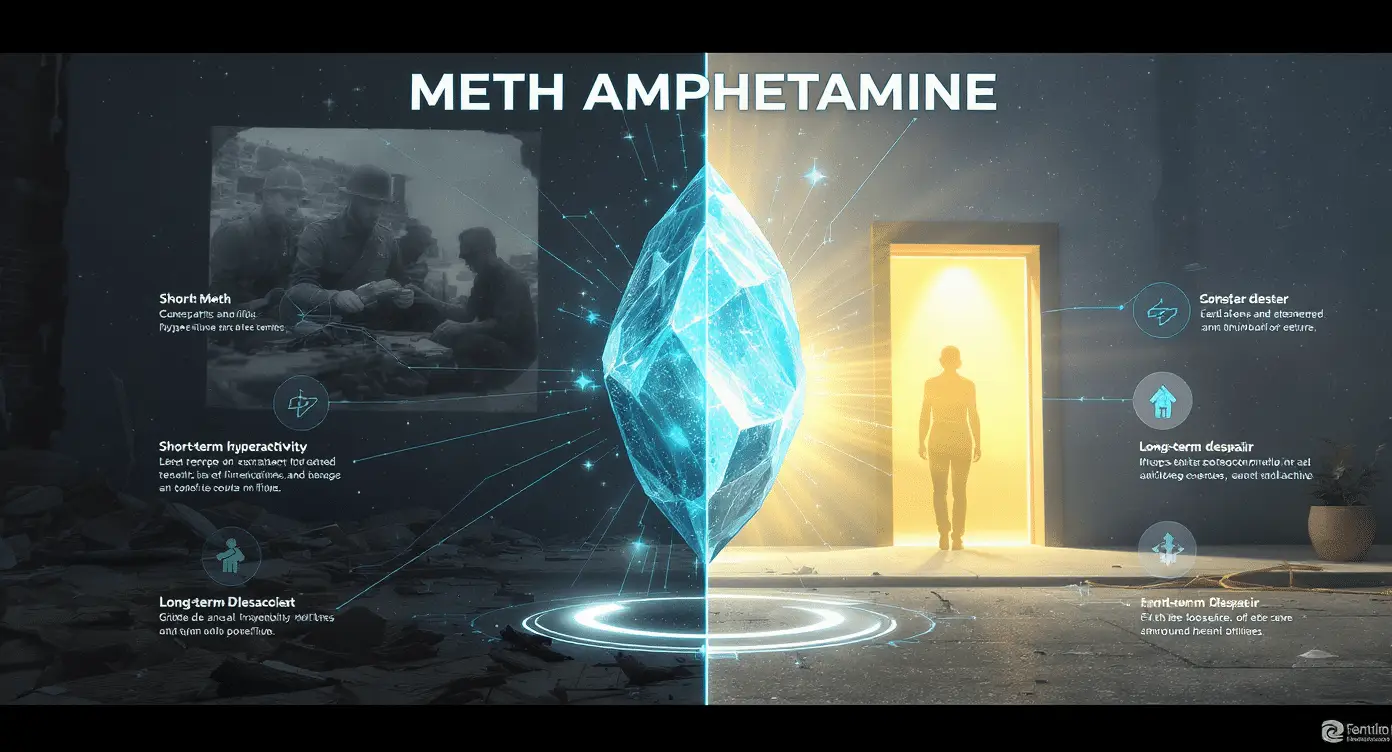Many people believe marijuana is a soft drug because it doesn’t cause immediate harm like heroin or meth. But is marijuana a soft drug in reality—or are we just ignoring long-term risks? This article breaks down the science, the consequences, and the misconceptions around cannabis use.
Why the “soft drug” label is dangerously misleading
The term “soft drug” gives the illusion that marijuana is safe, natural, and harmless. But this label hides the real impact cannabis can have—especially on young brains. THC (tetrahydrocannabinol), the active ingredient in marijuana, acts directly on brain receptors that control memory, mood, and decision-making.
People who regularly use marijuana, especially before age 25, can suffer from cognitive decline, emotional instability, and decreased academic performance. So when we ask is marijuana a soft drug, we must look beyond legal status or public opinion—and focus on its real effects.
Scientific findings on marijuana’s long-term impact
According to the National Institute on Drug Abuse, consistent marijuana use is linked to a drop in IQ, especially in teenagers. The younger the user starts, the more permanent the damage.
Modern marijuana contains high levels of THC—up to 30% in some strains—making today’s cannabis far more potent than in previous decades. This strength increases the chances of addiction and amplifies the psychological effects.
If marijuana were truly a soft drug, it wouldn’t be capable of altering brain function so profoundly. Science shows us otherwise.
Is marijuana a soft drug if it causes addiction?
Despite common belief, marijuana can be addictive. According to the World Health Organization, 1 in 10 users develops cannabis use disorder. Among teens, this rises to 1 in 6.
The symptoms of marijuana addiction include:
- Craving and repeated use
- Irritability, insomnia, anxiety
- Difficulty stopping, even with negative consequences
- Loss of interest in daily activities
These symptoms show that marijuana is not as soft as advertised. Addiction doesn’t always mean physical withdrawal—it can be deeply psychological and just as destructive.
Why marijuana feels “less dangerous” than alcohol or tobacco
It’s true that cannabis doesn’t cause liver failure or lung cancer in the same way as alcohol or tobacco. But this comparison is misleading.
Marijuana may not kill quickly, but it can kill slowly—your ambition, your memory, your emotional balance. And because its effects are subtle and gradual, many users don’t realize the damage until years later.
Ask yourself again: is marijuana a soft drug if it takes away your clarity and motivation over time?
Young users face the highest risks
Teenagers and young adults are the most vulnerable. Their brains are still forming crucial connections for emotion, memory, and long-term focus. Introducing THC during this period can cause irreversible damage.
At Narconon Europe, we help individuals recover from cannabis use who once thought they were just “casual users.” What they experience is often a loss of identity, direction, and personal control—not just a phase.
Conclusion: Is marijuana a soft drug or a dangerous trap?
The truth is clear: marijuana might look soft on the outside, but its effects are sharp and lasting. Calling it a soft drug doesn’t change its impact on the mind and body.
It’s time to drop the label and face the facts. Marijuana is not harmless. It is not soft.
If you’re questioning your use—or worried about someone close—there is real help available.
FAQ
Is marijuana really a soft drug?
The term “soft drug” is misleading. Marijuana can cause long-term damage, especially in teens, and is linked to cognitive decline and addiction.
Is marijuana addictive?
Yes. About 10% of users develop cannabis use disorder. Among teenagers, the risk rises to 16%.
How does marijuana affect young people?
It impacts brain development, memory, and emotional regulation—sometimes permanently.
What makes modern marijuana more dangerous?
Today’s cannabis is far stronger than before, with high THC concentrations that increase both the risk of addiction and mental health issues.



